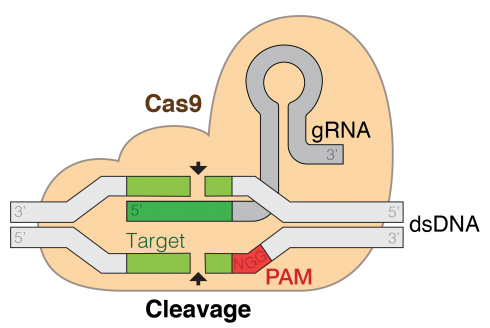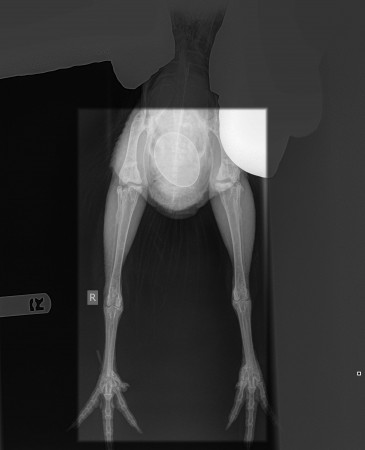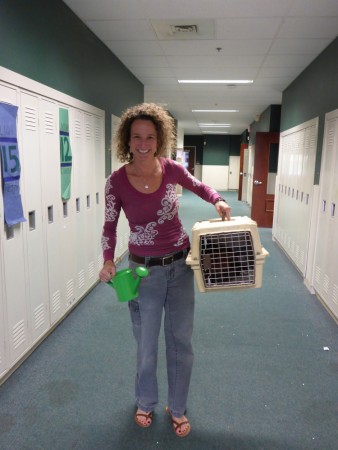
An interesting article in Nature that describes why molecular biologists are so excited about CRISPR.
Middle and High School … from a Montessori Point of View

An interesting article in Nature that describes why molecular biologists are so excited about CRISPR.
A nice animation showing the inner workings of a cell. There is a narrated version.
What happened:
Detailed article from Mashable: The poisoning of a city
A timeline from Michigan Radio: TIMELINE: Here’s how the Flint water crisis unfolded
An excellent, detailed program from Reveal: Do not drink: The water crisis in Flint, Michigan. The second part in particular is a good summary of the science issues.
A NPR summary from September 29th, 2015: High Lead Levels In Michigan Kids After City Switches Water Source

The vPlants Project. vPlants: A Virtual Herbarium of the Chicago Region. http://www.vplants.org is a wonderfully comprehesive collection of pictures with plant descriptions: plant form; leaf shapes; stem and leaf patterns; flower shapes; and more.
Initial reports indicated a chicken with a broken leg; some rumors suggested the chicken had gone missing as well. These reports instigated an investigation by the Chicken Committee. They determined that the chicken was there, but something was wrong. They sent out a call for medical assistance.

Help came in the form of Dr. Emily Leonard from the Cherry Hills Veterinary Hospital (who happens to be a mom at our school). She took the chicken in for examination.
Based on the X-ray, there were no bones broken, so the issue must have been something else. The large egg that showed up on the radiograph suggested that the chicken could have been egg-bound, however, 20 minutes later, the chicken laid the egg.
So, the chicken is still under observation.
After the initial examination, Dr. Leonard brought the chicken back to school. It needed to be isolated and observed–which is something we now know to do in the future in any other case of injury–and the head of the Chicken Committee (the Chicken Head) made the call that the animal should go back to the hospital for the weekend.
Dr. Leonard deals mostly with pets, so she had to do quite a bit of research. “I learned a lot about chickens today,” she told me afterwards. This is a message I hope the students internalize. With the ready access to information we have today, it’s not so much about the facts you have memorized, but more about having the flexibility and ability to deal with new challenges by doing research and then applying what you learn are essential skills.

I need some students to try this at school. Muscle fibers that contract on heating sounds like a great way to open and close vents for air circulation (in the chicken coop to start with).

Sometimes I ask my students if we’re not just giant mechs for our microbial symbionts. After all, they outnumber us by about 10 to 1–in our own bodies. Rob Knight’s TED talk stokes my curiosity.